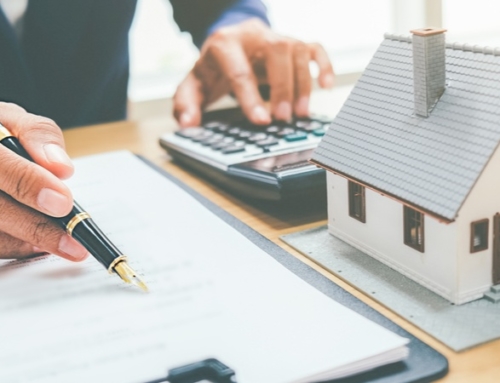Tips on Buying Investment Property, Part I
Don’t forget to read the second part of the story: Tips on Buying Investment Property, Part II
With prices appreciating as much as 30 to 40 percent per year in some neighborhoods, some homeowners are wondering if they shouldn’t be investing in real estate much as they would invest in the stock market.
It’s a good thought, investment advisors say. Historically, real estate has been an excellent investment, always appreciating a few points over the rate of inflation.
But there’s more to buying property than simply picking up a shopping center here and a 40-unit apartment complex there. And, there’s no single strategy for real estate investment success, investors say.
Some investors buy and hold for the long term, even if they get a zero percent cash-on-cash return in the first year or two. Other investors won’t do a deal if they can’t score at least a 100 percent return within the first 24 months.
Which is the right way to invest in real estate? As Bill Silverstein likes to say, it’s a question of how much you can stomach.
Silverstein’s family has been investing in real estate since the 1920s, and the company currently owns and operates 1,000 apartment units.
A real estate attorney by training, Silverstein, and his brother, Tom Silverstein, believing in buying quality buildings, renovating them, and then keeping them for the long term.
“Our primary purchasing philosophy is location,” said Bill Silverstein. “When you look at a building, you have to realize that this is where someone is going to live. You can make amenities more desirable. But you can’t change the location.”
“I’d much rather buy an inferior property, in terms of construction or cosmetics rather than purchase a superior quality property in a lousy location,” he added.
Dwight Yackley, a commercial property developer and manager, has been in business since 1984. He typically builds multi-use buildings that incorporate shops and offices.
When Yackley is looking at a possible development, the first thing he does, if it’s a retail project, is to go to all the other stores in the neighborhood and see how much they’re being charged for rent.
“You also want to know how quickly other retail spaces in the area lease out and how long those leases are for. Then, you can calculate if the price you’re paying for the property and want to charge for rent will make you competitive with the market,” he explains.
You should also try to assess whether the economy is growing in the area, if companies are hiring, and if people are moving into or out of the neighborhood.
David Hall is a managing broker for a real estate company and the current president of the Chicago Association of Realtors. Twenty years ago, he was involved in converting condominiums. Today, he owns three rental buildings that contain a total of ten rental units.
Hall says his real estate investing goes in fits and starts. He purchases a building and then spend a lot of time and money renovating it in a quality way.
“Once they’re in the shape I want them in, hopefully they will require little more effort than to keep them clean and rented for the next 15 years,” he says.
While the rehab work is time consuming, Hall said the actual management of his small portfolio of properties is not very time consuming.
“On average, I spend approximately 5 to 8 hours per week on the properties. I consider it my second job and I’m working for myself.”
NEXT WEEK: When it comes to figuring the numbers on investment property, you’d better have a calculator handy.






Leave A Comment